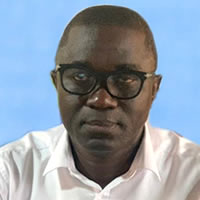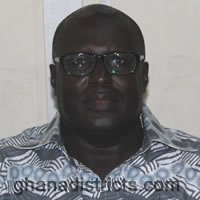Health Care There are a total of 19 health facilities in the district as presented in the table below. The highest order health facility, a hospital, is located in Daboase. The inhabitants, on the average, travel for about 31 kilometres before they can access a health facility.
The district has four doctors and 29 nurses, which result in a doctor / patient ratio of 1:36,053 and a nurse / patient ratio of 1:4,972. The problem confronting the health sector is not only inadequate health facilities, but also inadequate personnel who are reluctant to accept postmgs to remote areas without facilities, medicines and medical equipment.
Prevalent diseases in the district include malaria and river blindness due to the existence of mosquitoes and black flies. The table below is a summary of the top ten and other diseases in
the district.
NB- The 11 disease added because the disease in the 9 position (malaria in pregnancy may be added to malaria. Table 1.10 below shown’other diseases that are of concern and their occurrence in the district
The coverage with respect to immunisation with BCG is very encouraging recording as high as 90.6 percent. The table below shows supervision of deliveries in the district by the health centres and the Traditional Birth Attendants It is clear from the above that only 45.2 and 36.2 percent of deliveries were supervised in the district in 2004 and 2005 respectively. The rest resorted to other means aside from the health institutions and the trainee Traditional Birth Attendants (TBAs).
A number of interventions have been put in place to curb the spread of HIV/AIDS which is no longer regarded a health issue but a developmental problem which requires a multi-sectoral approach in its management. The table below shows the trend of number of HIV cases diagnosed in health institutions in the district among residents and all people using the district’s health facilities irrespective of their place of residence.
A national strategic framework was adopted to cover 2001 to 2005. The district started its HIV response programme on 2002 which resulted in the formation of the District AIDS Committee and the District Response Management Team (DRMT). Funds for implementing programs were received from the Ghana AIDS Response Fund (GARFUND) and one percent of the District Assembly Common Fund (DACF).
The District Mutual Health Insurance Scheme was piloted in the district in January 2004. The full implementation however started in October 2004. The number registered as at August 2006 was 37,801. The total membership however was 18,343. The NMfflS is active in about 80 communities in the district. The total premium collected as at the same date was 0121,779,900 and cards printed were 5,332. Total attendance to hospitals and clinics was 2,634 and bills paid, 0213,913,426.50.
All Ghana Health Service facilities in the district and SAEMA are the major service providers for the district’s scheme. However, due to the scattered nature of communities in the district, other health facilities in Cape coast Municipality and THLDD, WWD and AWD are also providing services for members
of the scheme.
Date Created : 11/21/2017 5:58:29 AM




